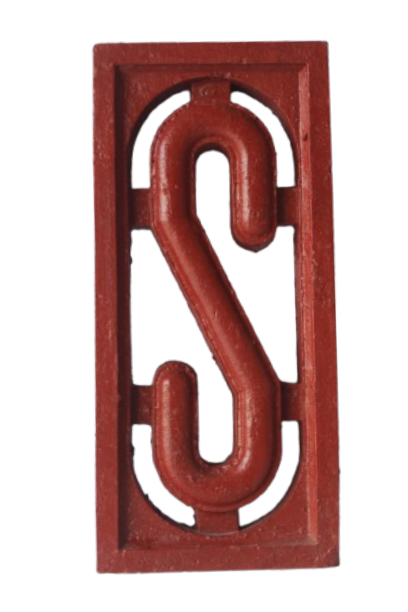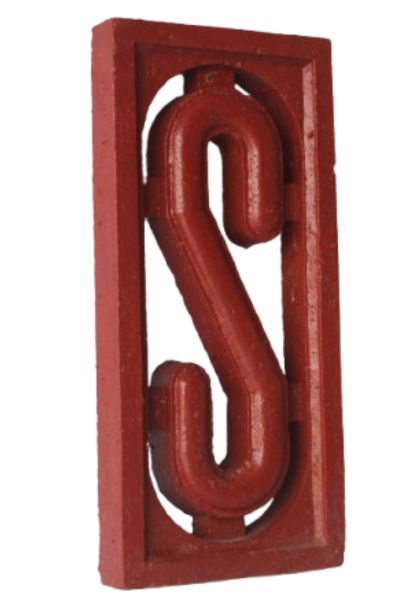Elevation Block 2 ( 21 X 6 Inch )
Elevation Block 2 ( 21 X 6 Inch )
A sculptural architectural element crafted in terracotta featuring an elegant S-shaped scroll design within a rectangular frame. This decorative piece showcases the artistry of traditional architectural ornamentation through its bold, curved form and precise geometric framing. The rich reddish-brown color and clean lines make it an striking example of classical architectural detailing, while its symmetrical design and raised relief work demonstrate skilled craftsmanship in architectural terra cotta production. The piece combines both decorative appeal and structural integrity, typical of historical building embellishments.
SKU: SKU00056
Category: Elevation Blocks
Stock: 10000


